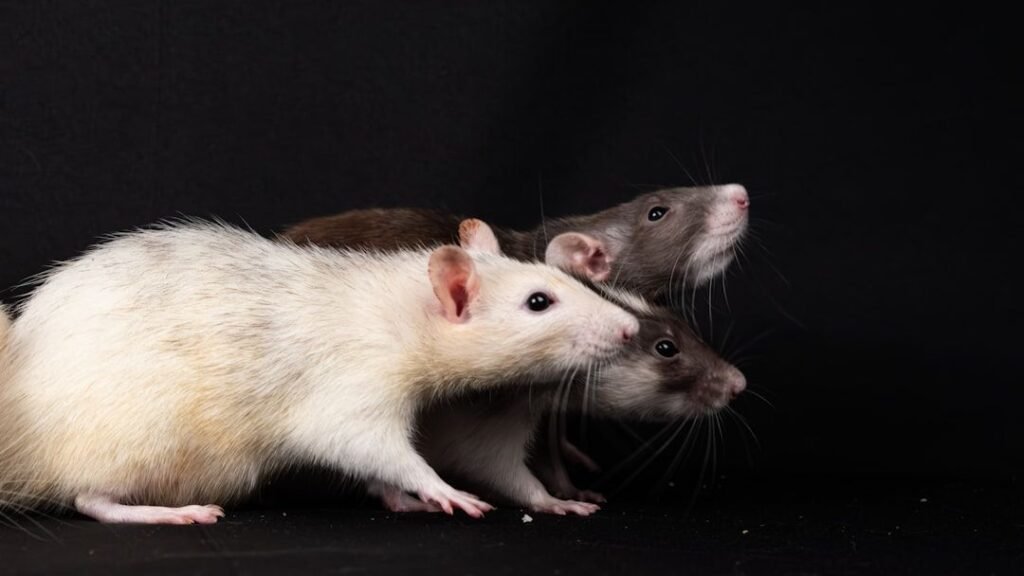Hunting has been a controversial topic for generations, primarily because of its dual nature. While it remains a cultural practice and a means of sustenance for some, it also poses significant threats to wildlife populations. This article delves into the complexities of how hunting threatens different species, and whether a balance can be created between conservation efforts and controlled hunting.
The Impact of Hunting on Species Populations

Hunting affects species in various ways, influencing population numbers, genetic diversity, and natural behaviors. Unregulated and illegal hunting can lead to drastic declines in certain species, making recovery efforts challenging. Overhunting not only depletes animal numbers but can also upset the ecological balance, as predator-prey dynamics may be disrupted. A classic example is the near-extinction of the American bison due to excessive hunting in the 19th century.
Endangered Species and the Role of Poaching

Illegal poaching intensifies the threat hunting poses to endangered species worldwide. The illegal wildlife trade targets animals for their skins, tusks, bones, and other parts, which are often sold on the black market. Species like rhinos, elephants, and tigers face critical threats due to this illicit activity. Anti-poaching laws and improved enforcement measures are necessary to curb this trend but remain difficult to implement in many regions.
Conservation Hunting: A Paradox?
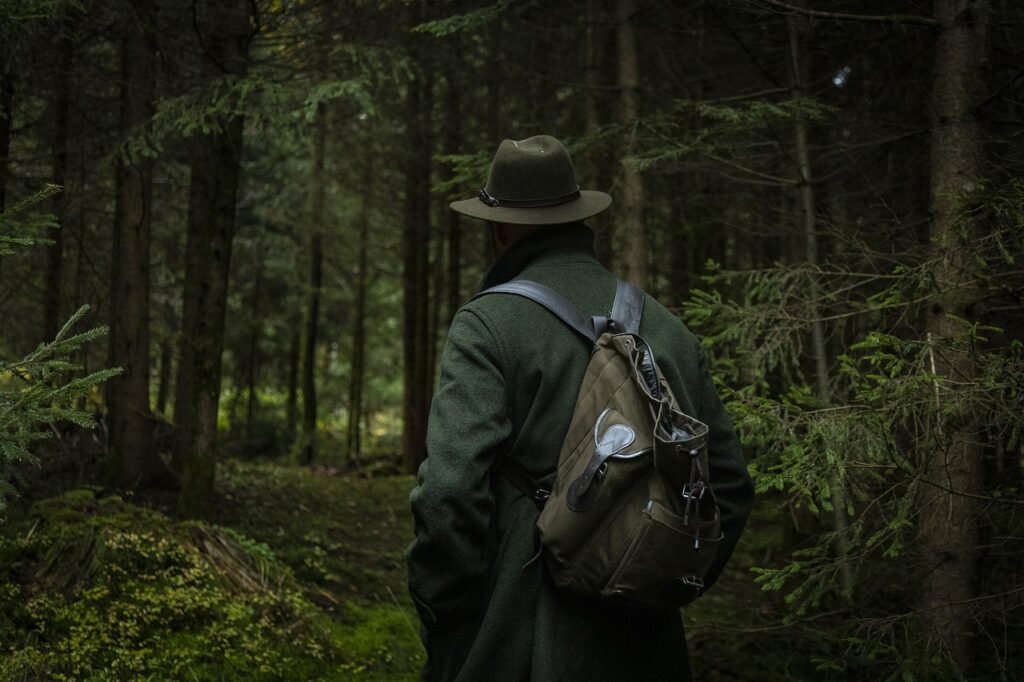
The concept of conservation hunting is controversial yet noteworthy. This practice involves controlled hunting with the intention of contributing to conservation efforts. Through permit systems and high fees, some argue that it can provide crucial funding for conservation projects and local communities. However, its success is highly dependent on robust regulations and transparency, ensuring that the funds are genuinely used for ecological benefits.
The Economic and Cultural Aspects of Hunting
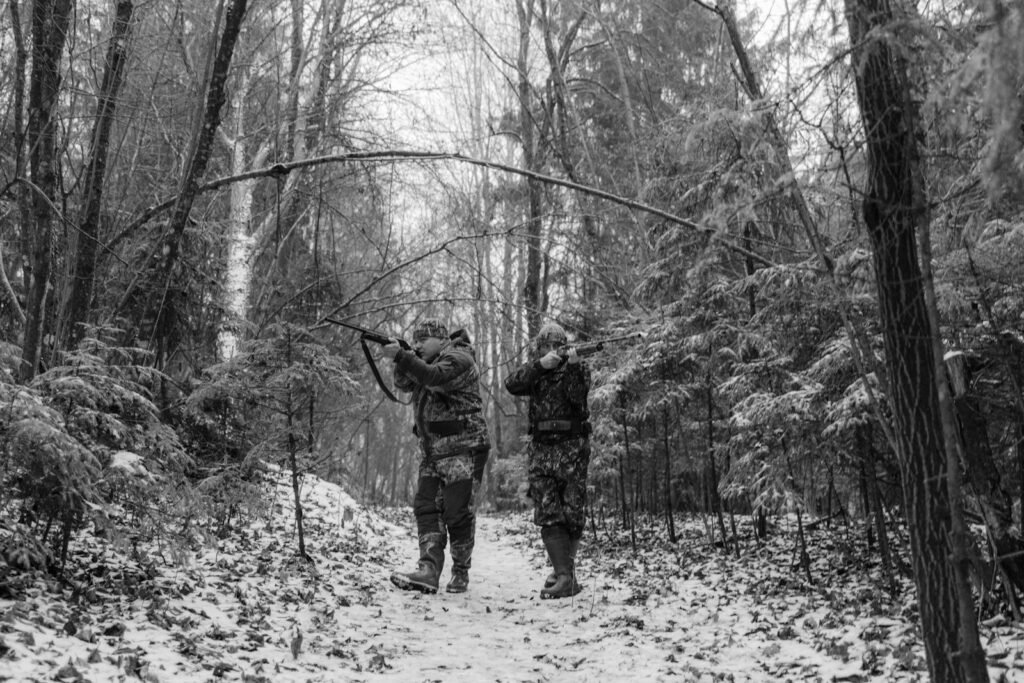
Hunting is not just a biological issue but also an economic and cultural one. In many areas, hunting is a vital part of local tradition and provides economic benefits through tourism and game management. In rural communities, it can be a significant source of income and a means of maintaining cultural heritage. Balancing these needs with conservation goals is complex and requires careful policy consideration.
Building a Sustainable Model for Wildlife Conservation
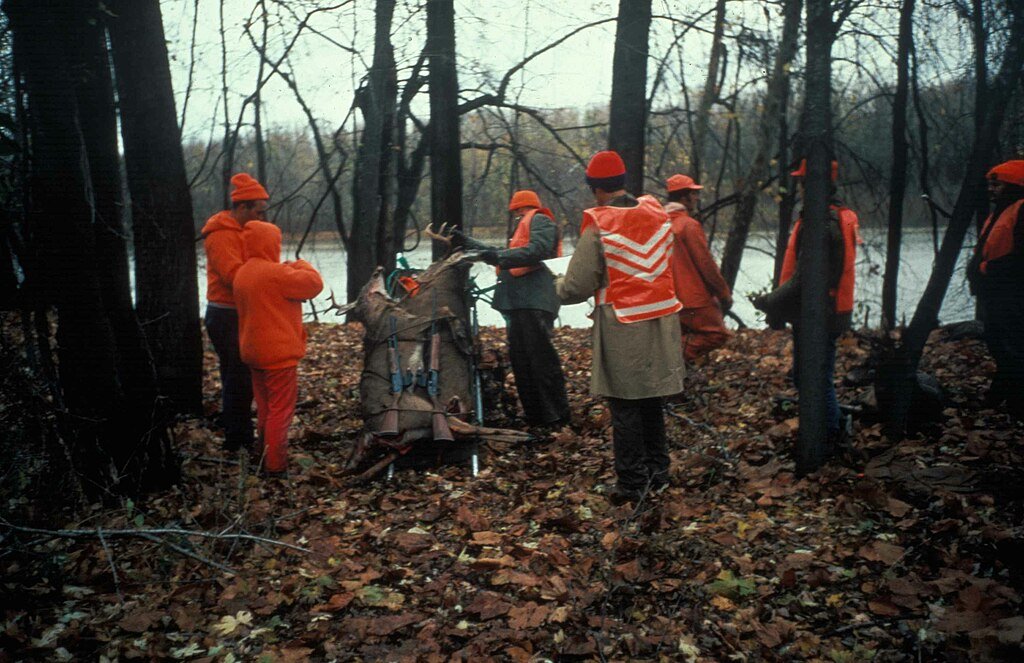
To achieve a balance between conservation and hunting, a multi-faceted approach is necessary. Effective wildlife management strategies must be data-driven, incorporating scientific research on population dynamics and ecosystem health. Engaging local communities, establishing protected areas, and fostering cooperation between governments and conservation organizations are essential components of a sustainable model.
The Role of Public Awareness and Education
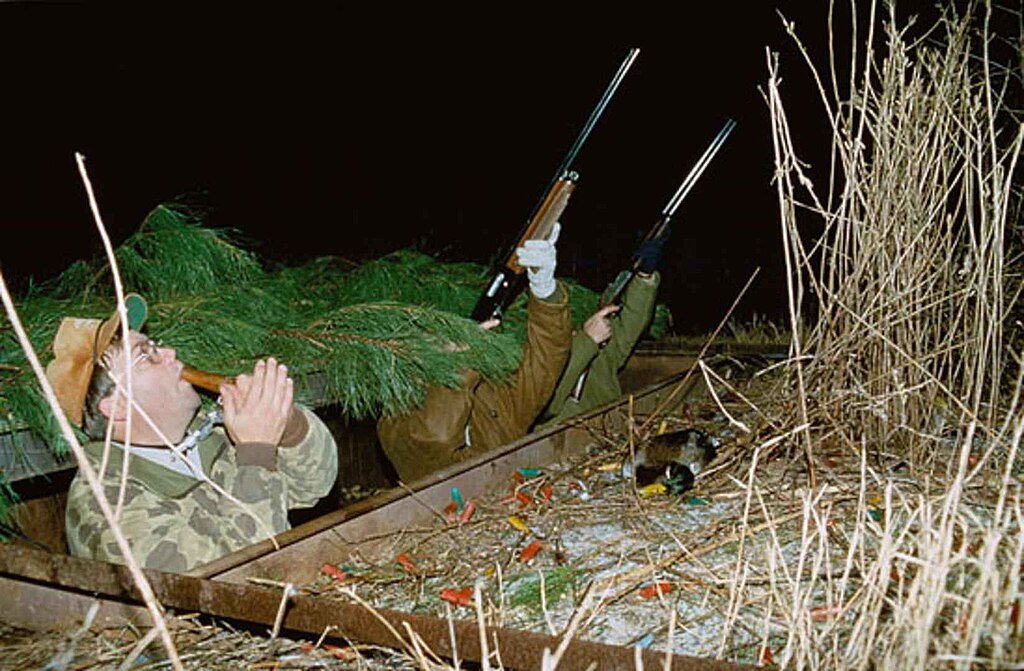
Increasing public awareness about the importance of wildlife conservation is critical in shifting perspectives on hunting and its impacts. Educational campaigns can steer people towards appreciating biodiversity and understanding the consequences of unsustainable hunting practices. By promoting ethical hunting and supporting ecotourism, individuals can contribute to conservation efforts in meaningful ways.
Conclusion

Finding a balance between conservation and controlled hunting is undoubtedly challenging, but not impossible. By recognizing the diverse implications of hunting on species populations and embracing sustainable practices, we can forge a path where wildlife conservation and cultural traditions coexist. This balance requires ongoing dialogue, comprehensive policies, and active participation from all stakeholders involved in wildlife conservation.


